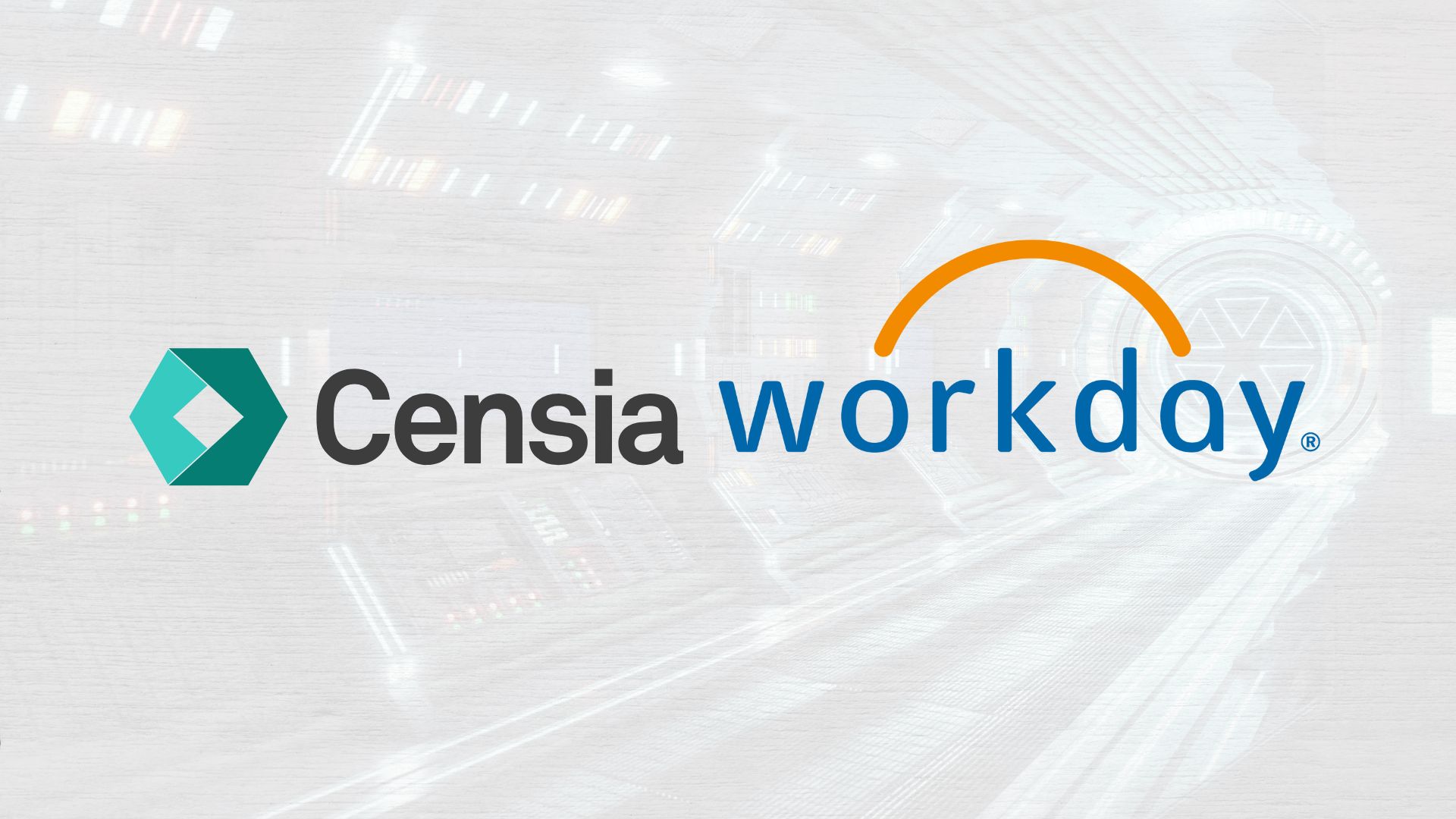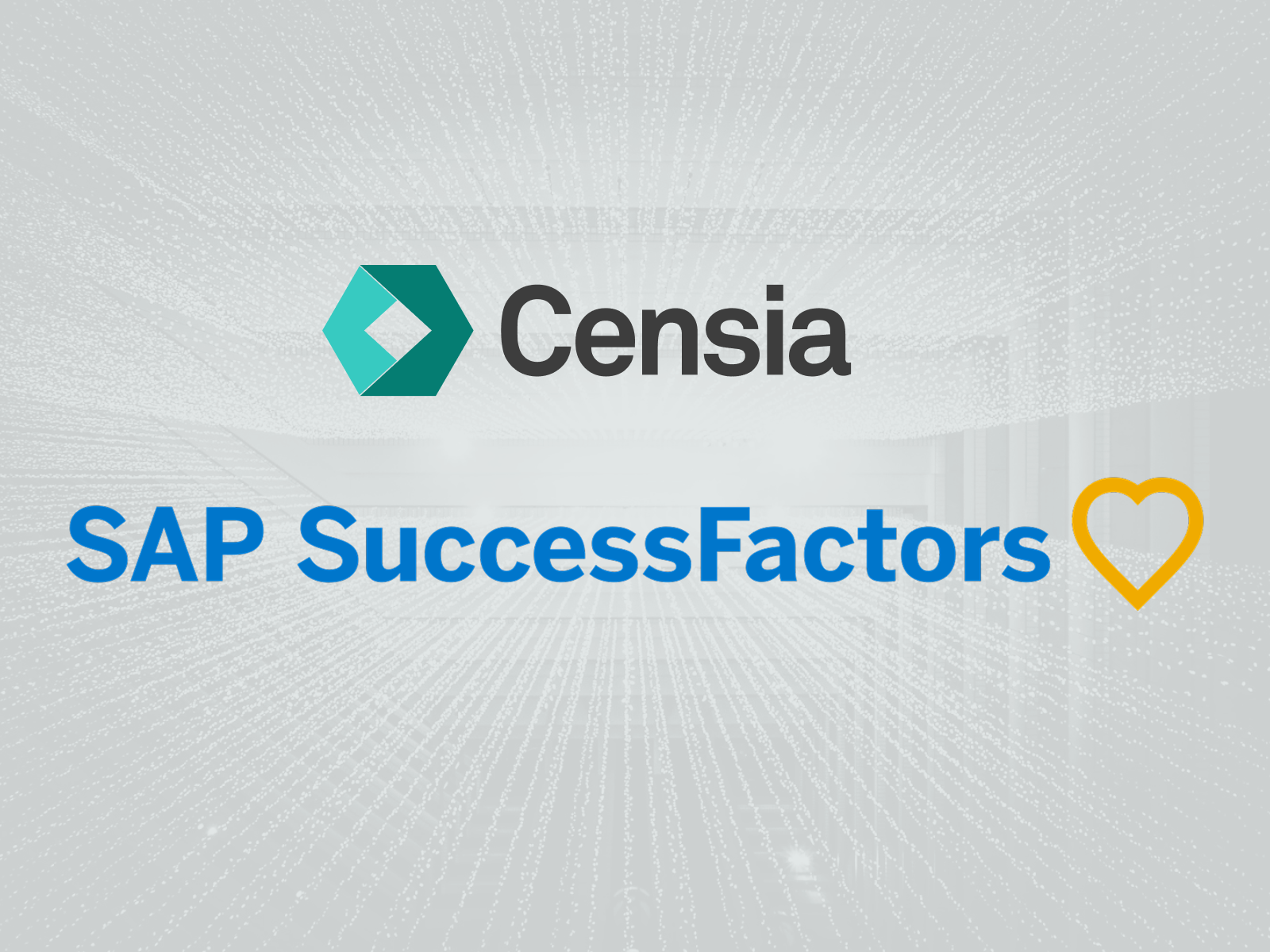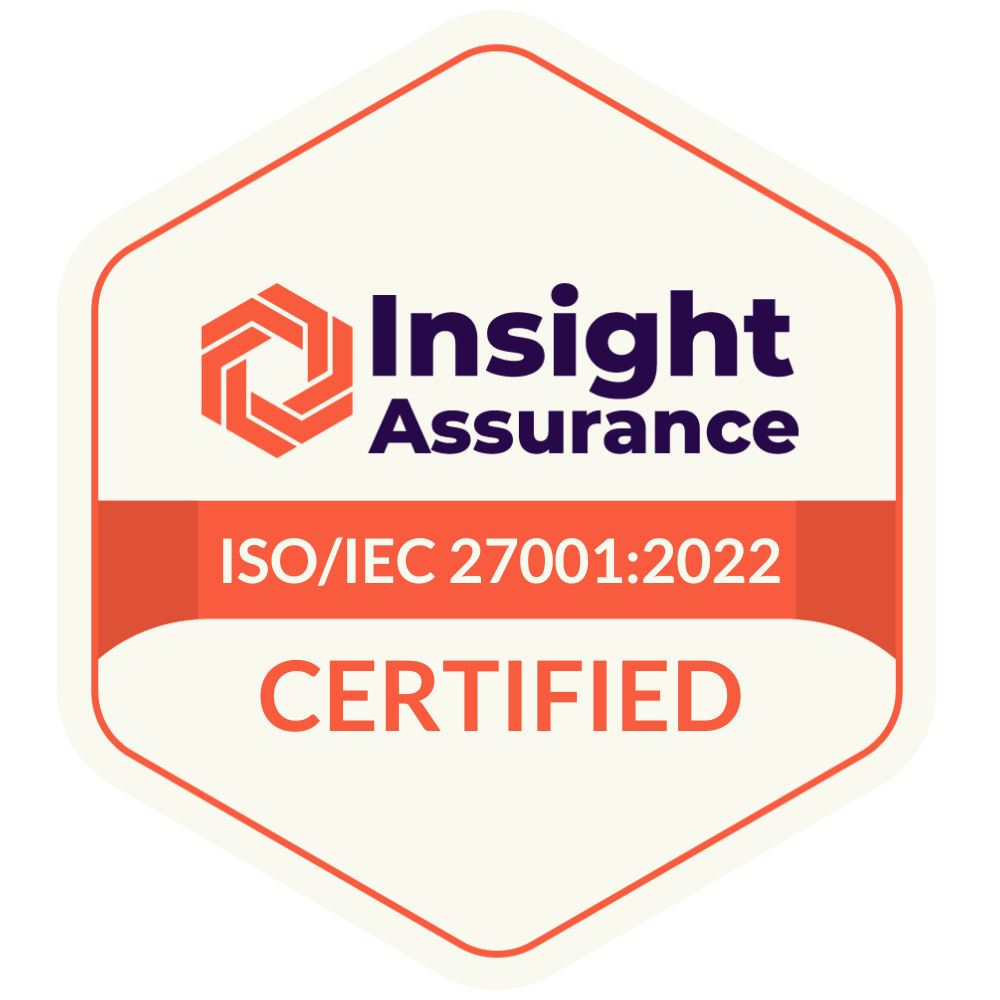Recruiters are constantly searching for ways to be more efficient and effective in their work. In the past, saving time could easily lead to drops in quality, but that is no longer the case. Artificial intelligence (AI) recruitment tools automate, optimize and create efficiencies across all parts of the talent lifecycle, from sourcing, resumé review, development, testing, interviews, and even onboarding tasks.
And the results are nothing short of impressive.
A recent LinkedIn survey reported that 67% of hiring managers and recruiters said AI saved them time.
But the benefits of AI recruiting automation don’t end at time and money savings. It lessens bias, improves candidate fit, increases engagement, and reduces turnover, each of which comes with its own recruiting ROI-boosting benefits.
Here are some examples of how recruiters can use Recruiting Automation to become more efficient:
PASSIVE CANDIDATE SOURCING
AI puts the entire talent landscape right at a recruiter’s fingertips, giving them an efficient way to filter through and find the golden needed in the talent haystack. Intelligent passive sourcing is an incredibly effective way to save time, money and to find more qualified employees.
In Censia, for example, recruiters can create an ideal candidate model that includes more than 15 professional attributes, most of which can be weighted by how desirable they are or how many years of experience the candidate has. In minutes, recruiters can drill down to the ideally qualified candidate, view all of their professional information, profile links, and contact information in one window.
Another benefit is that Censia’s complete talent landscape imports, cleans, deduplicates, and structures talent data from more than 2,000 sources, which saves recruiters time researching people online.
Recruiters can even compare this talent to existing employees to see how they rank.
JOB CANDIDATE SCREENING
More than half of recruiters report that the most challenging part of their job is screening resumes. That is not surprising. This task can take up to 23 hours per role, and it is the most common source of recruiter frustration and burnout.
Most job postings generate over 200 resumes per open role. Most companies interview only five to 10 people. Freeing up time spent looking at that 95% of other applicants is a considerable time and cost-saving in the recruiting workflow.
But HR automation is here to change that.
Just like passive sourcing, recruiters can use AI automation to create ideal candidate models that deliver ranked slates of candidates. But that’s not the only benefit. Because the HR software evaluates all candidates based on the same standards, companies effectively ensure OFCCP compliance, eliminate bias, and reap the benefits of having a more diverse candidate pipeline and workforce.
CANDIDATE MATCHING AND RANKING
Recruiting AI uses neural networks to connect skills, making it far more effective than non-intelligent solutions at matching and ranking candidates.
Here’s an example: A candidate may have put “B2B sales” on their resumé, but the original requisition included “enterprise sales.” The two are closely related, but if the candidate failed to have the exact phrase on the requisition, they wouldn’t make it onto the final candidate slate, leaving recruiters with fewer and less qualified candidates to choose from.
AI can match candidates to a predefined model or job description and pull in those with the optimal qualifications. This way, recruiters walk away with a list of highly qualified finalists
INTERVIEWS AND TESTING
With improved candidate matching, the best candidates have made it to the interview stage. Another time-consuming task for recruiters has always been setting up interviews. The new automated tools allow texting to candidates, self-scheduling, links to documents and videos.
The technology can allow candidates to complete any testing through chatbots. Many organizations feel pre-employment testing is beneficial and enables the selection process. Some companies even use video and game-based assessments that the candidate completes at their own pace.
ONBOARDING & WORKFORCE DEVELOPMENT
For talent teams involved in the onboarding process, AI offers valuable tools. The pandemic has disrupted many workflows, including onboarding, which now needs to consider a remote workforce and changes in employee engagement.
The time savings created by automated recruiting and the in-depth insight provided by AI solutions offer an additional boon here. They speed up time-to-hire, creating more significant momentum, and allow talent teams to continually monitor skills and development opportunities that allow them to harness the benefits of internal mobility.
As you can see, the benefits of integrating recruiting automation are endless and necessary as digital transformation accelerates. To learn more about how to how you can add AI-powered automation to your recruitment and talent management workflow, schedule a demo with our team of experts.



